
1. The three braking methods of motor vehicles are driving brake, parking brake and engine braking. The following is a specific introduction to motor vehicle braking: driving brake: driving braking is commonly known as "foot brake".
2. Three braking methods of motor vehicles Driving braking, also known as "braking".It is the braking method during the normal operation of the vehicle. The key is to convert the equipment force of the brake plate into liquid working pressure, and then the liquid working pressure is transmitted to the brake and effective to the four tires of the vehicle, thus having the actual effect of braking.
3. The braking methods of automobiles can generally be divided into three types: friction brake, hydraulic brake and electronic brake. The first is friction braking, which slows down the rotation speed of the wheels through friction, so as to achieve the braking effect.
4. Emergency braking. Emergency braking is divided into emergency braking at medium and low speeds and emergency braking at high speed. Emergency braking when driving at medium and low speeds: hold the steering wheel tightly with both hands, quickly step on the clutch pedal, step on the brake pedal almost at the same time, and take the method of stepping to death with one foot to stop the car quickly.

1. The deceleration efficiency of driving brake It is higher than engine braking. The engine brakes a slow deceleration process, while driving braking can quickly and effectively achieve the purpose of deceleration braking.
2. DrivingThe difference between braking and engine braking is that driving braking is an active device, while engine braking is an auxiliary braking device. Engine braking is to use the resistance of the engine to slow down the wheels through the gearbox gear connection.
3. The braking environment is different. Driving braking is the braking method when the car is driving normally, while the engine braking method is mostly used under special circumstances. The braking principle is different. The starting brake is transmitted to the hydraulic pressure through the mechanical force of the brake pedal, and then the hydraulic pressure of the brake fluid is transmitted from the pipeline to the brake of the brake disc for braking.
4. Engine braking refers to using engine braking to lift the accelerator pedal without stepping on the clutch. Use the compression resistance, internal friction and intake and exhaust resistance generated by the engine compression stroke to brake the drive wheel.
5. The difference between driving brake and engine brake: driving brake is the normal use of brakes during exercise. Emergency braking is mostly used to deal with emergencies. Step on the clutch pedal and brake pedal at the same time. It can also be used at the same time if it has a handbrake. This kind of brake is more harmful to the vehicle and cannot be used many times in an emergency.
6. Engine braking is an auxiliary device for driving braking. When going down a long slope, the combination of engine braking can effectively improve the efficiency of driving braking, reduce the heating of driving braking parts, and ensure driving safety.
The so-called "hair"Motive braking" is a term for driving behavior. It refers to the use of the resistance generated during engine operation to effectively control the speed. The two measures of "downshifting" and "loose throttle" can achieve the purpose of using engine resistance to control the speed.
Engine Brake is an auxiliary braking system that can reduce the speed of the vehicle. Unlike traditional braking systems, engine braking consumes the kinetic energy of the vehicle through the compression stroke of the engine, not through brake discs and brake pads.
If the deceleration effect is poor in this process, it means that your engine wear is more serious. In general, we use engine braking to control the speed of the car when it is down a longer slope.
Engine braking, that is, "towing gear" -- the gear is hanging without fuel, and the engine has no traction on the car.On the contrary, because the rotation of the wheels drives the transmission system, the engine at idle has a negative resistance to the car. The higher the gear, the smaller the effect of the engine on the car, and vice versa.
How to analyze competitor shipping routes-APP, download it now, new users will receive a novice gift pack.
1. The three braking methods of motor vehicles are driving brake, parking brake and engine braking. The following is a specific introduction to motor vehicle braking: driving brake: driving braking is commonly known as "foot brake".
2. Three braking methods of motor vehicles Driving braking, also known as "braking".It is the braking method during the normal operation of the vehicle. The key is to convert the equipment force of the brake plate into liquid working pressure, and then the liquid working pressure is transmitted to the brake and effective to the four tires of the vehicle, thus having the actual effect of braking.
3. The braking methods of automobiles can generally be divided into three types: friction brake, hydraulic brake and electronic brake. The first is friction braking, which slows down the rotation speed of the wheels through friction, so as to achieve the braking effect.
4. Emergency braking. Emergency braking is divided into emergency braking at medium and low speeds and emergency braking at high speed. Emergency braking when driving at medium and low speeds: hold the steering wheel tightly with both hands, quickly step on the clutch pedal, step on the brake pedal almost at the same time, and take the method of stepping to death with one foot to stop the car quickly.

1. The deceleration efficiency of driving brake It is higher than engine braking. The engine brakes a slow deceleration process, while driving braking can quickly and effectively achieve the purpose of deceleration braking.
2. DrivingThe difference between braking and engine braking is that driving braking is an active device, while engine braking is an auxiliary braking device. Engine braking is to use the resistance of the engine to slow down the wheels through the gearbox gear connection.
3. The braking environment is different. Driving braking is the braking method when the car is driving normally, while the engine braking method is mostly used under special circumstances. The braking principle is different. The starting brake is transmitted to the hydraulic pressure through the mechanical force of the brake pedal, and then the hydraulic pressure of the brake fluid is transmitted from the pipeline to the brake of the brake disc for braking.
4. Engine braking refers to using engine braking to lift the accelerator pedal without stepping on the clutch. Use the compression resistance, internal friction and intake and exhaust resistance generated by the engine compression stroke to brake the drive wheel.
5. The difference between driving brake and engine brake: driving brake is the normal use of brakes during exercise. Emergency braking is mostly used to deal with emergencies. Step on the clutch pedal and brake pedal at the same time. It can also be used at the same time if it has a handbrake. This kind of brake is more harmful to the vehicle and cannot be used many times in an emergency.
6. Engine braking is an auxiliary device for driving braking. When going down a long slope, the combination of engine braking can effectively improve the efficiency of driving braking, reduce the heating of driving braking parts, and ensure driving safety.
The so-called "hair"Motive braking" is a term for driving behavior. It refers to the use of the resistance generated during engine operation to effectively control the speed. The two measures of "downshifting" and "loose throttle" can achieve the purpose of using engine resistance to control the speed.
Engine Brake is an auxiliary braking system that can reduce the speed of the vehicle. Unlike traditional braking systems, engine braking consumes the kinetic energy of the vehicle through the compression stroke of the engine, not through brake discs and brake pads.
If the deceleration effect is poor in this process, it means that your engine wear is more serious. In general, we use engine braking to control the speed of the car when it is down a longer slope.
Engine braking, that is, "towing gear" -- the gear is hanging without fuel, and the engine has no traction on the car.On the contrary, because the rotation of the wheels drives the transmission system, the engine at idle has a negative resistance to the car. The higher the gear, the smaller the effect of the engine on the car, and vice versa.
Latin America trade data insights
author: 2024-12-24 02:30Data-driven trade procurement cycles
author: 2024-12-24 02:12Agriculture trade data by HS code
author: 2024-12-24 01:31Global trade analysis dashboard
author: 2024-12-24 01:23Analytical tools for trade diversification
author: 2024-12-24 01:13How to standardize trade documentation
author: 2024-12-24 00:49Industry-specific tariff code reference
author: 2024-12-24 00:30 How to align trade data with ERP systems
How to align trade data with ERP systems
258.99MB
Check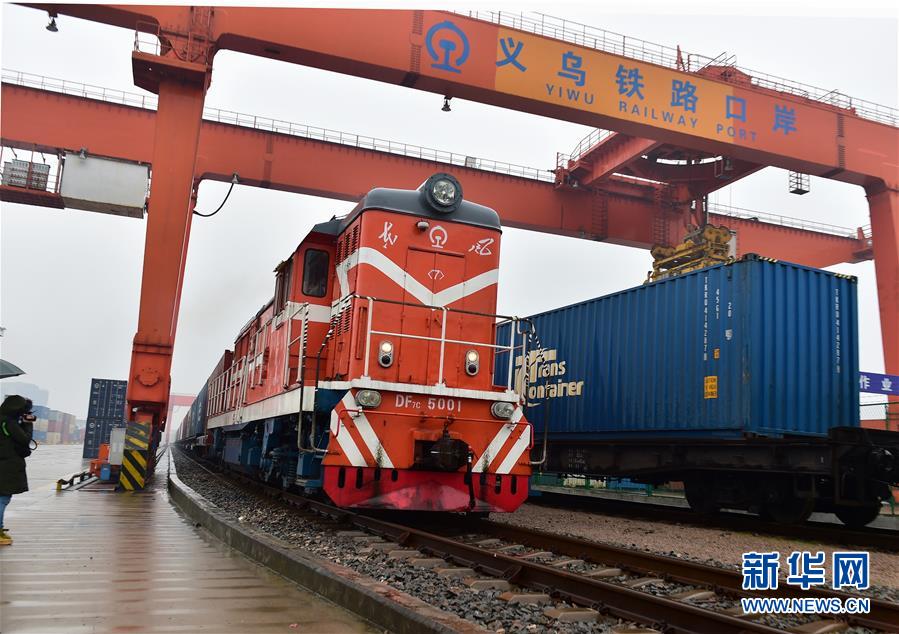 Agriculture trade data by HS code
Agriculture trade data by HS code
358.81MB
Check Top trade data APIs for developers
Top trade data APIs for developers
663.26MB
Check How to navigate non-tariff barriers
How to navigate non-tariff barriers
868.17MB
Check Global trade data-driven forecasting
Global trade data-driven forecasting
576.82MB
Check Leather goods HS code classification
Leather goods HS code classification
127.27MB
Check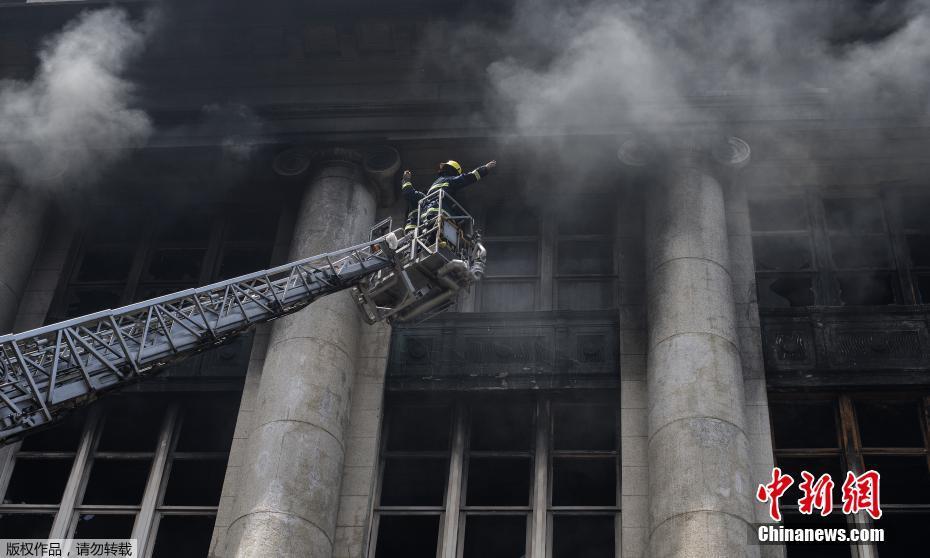 Global trade barrier analysis
Global trade barrier analysis
826.92MB
Check Agritech products HS code classification
Agritech products HS code classification
886.57MB
Check How to align sourcing strategy with trade data
How to align sourcing strategy with trade data
819.12MB
Check Insightful trade route analysis
Insightful trade route analysis
634.27MB
Check How to measure trade KPIs
How to measure trade KPIs
923.11MB
Check Timber (HS code ) import patterns
Timber (HS code ) import patterns
185.62MB
Check How to scale export operations with data
How to scale export operations with data
975.46MB
Check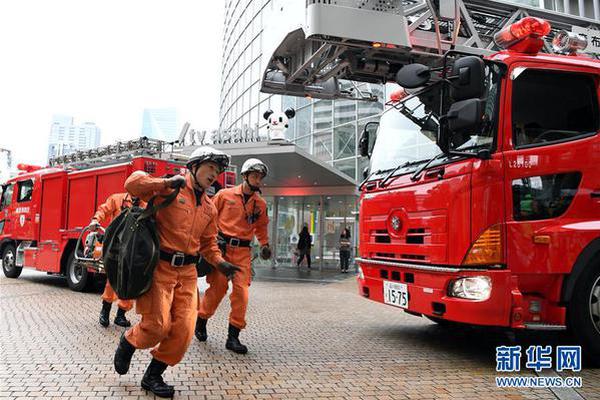 HS code-led regulatory frameworks
HS code-led regulatory frameworks
161.77MB
Check How to track compliance breaches
How to track compliance breaches
561.13MB
Check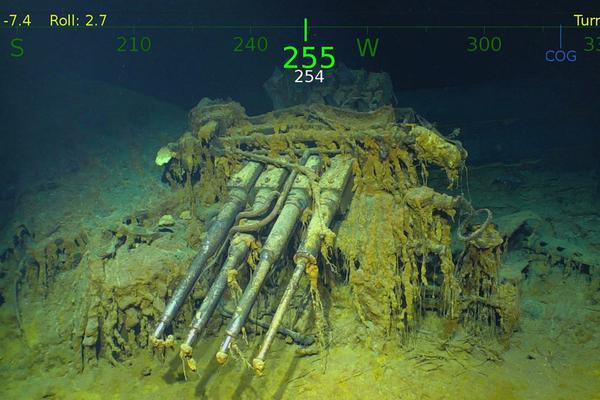 Import export cost optimization
Import export cost optimization
366.37MB
Check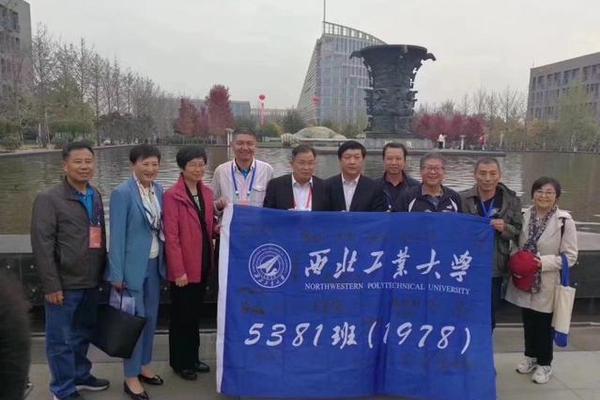 Pharmaceutical intermediates HS code mapping
Pharmaceutical intermediates HS code mapping
426.66MB
Check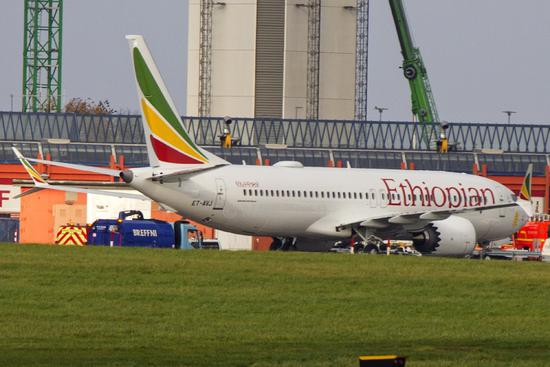 Trade data-based price benchmarks
Trade data-based price benchmarks
178.38MB
Check Data-driven tariff engineering via HS codes
Data-driven tariff engineering via HS codes
544.52MB
Check shipment data access
shipment data access
347.95MB
Check Comparative trade route analysis
Comparative trade route analysis
556.86MB
Check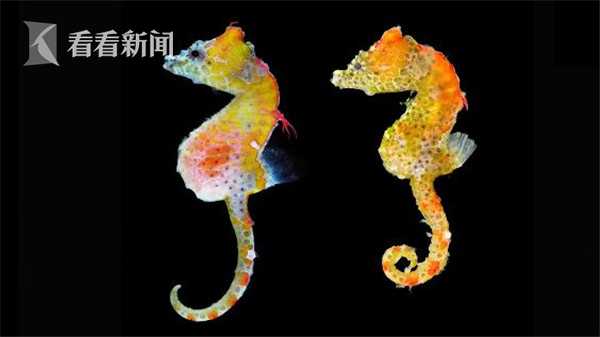 HS code-driven freight route adjustments
HS code-driven freight route adjustments
634.91MB
Check HS code-based inventory forecasting
HS code-based inventory forecasting
777.25MB
Check HS code-based trade route profitability
HS code-based trade route profitability
276.26MB
Check Trade data-driven portfolio management
Trade data-driven portfolio management
497.33MB
Check HS code-driven letter of credit checks
HS code-driven letter of credit checks
494.93MB
Check How to access protected trade databases
How to access protected trade databases
776.58MB
Check Enhanced due diligence via HS code
Enhanced due diligence via HS code
756.79MB
Check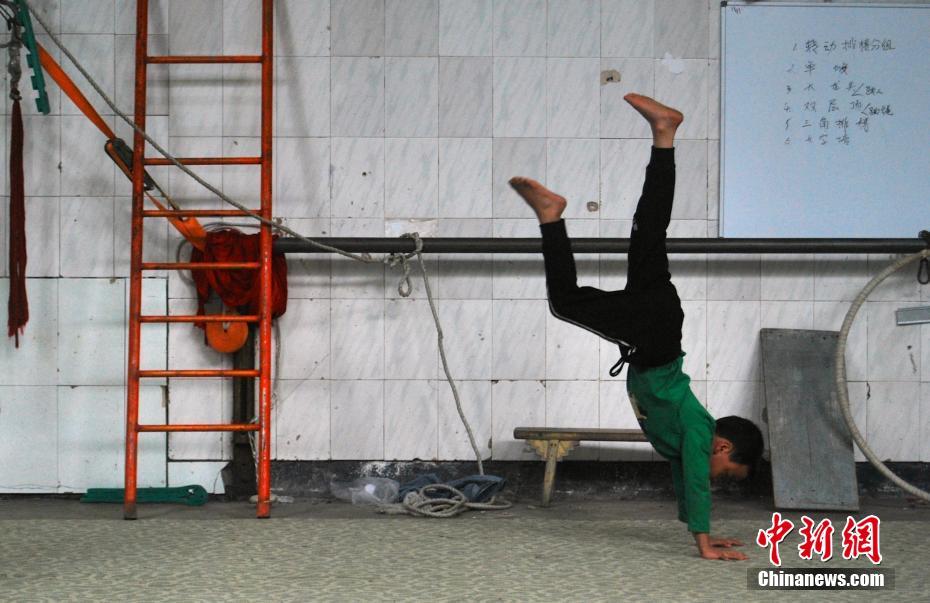 India HS code-based product analysis
India HS code-based product analysis
572.68MB
Check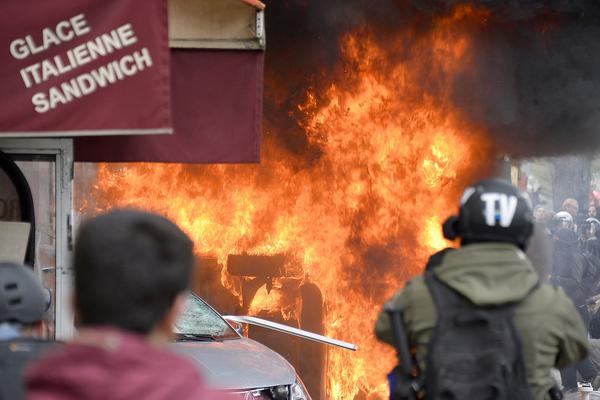 HS code-based warehousing strategies
HS code-based warehousing strategies
297.42MB
Check Industry-focused market entry reports
Industry-focused market entry reports
442.65MB
Check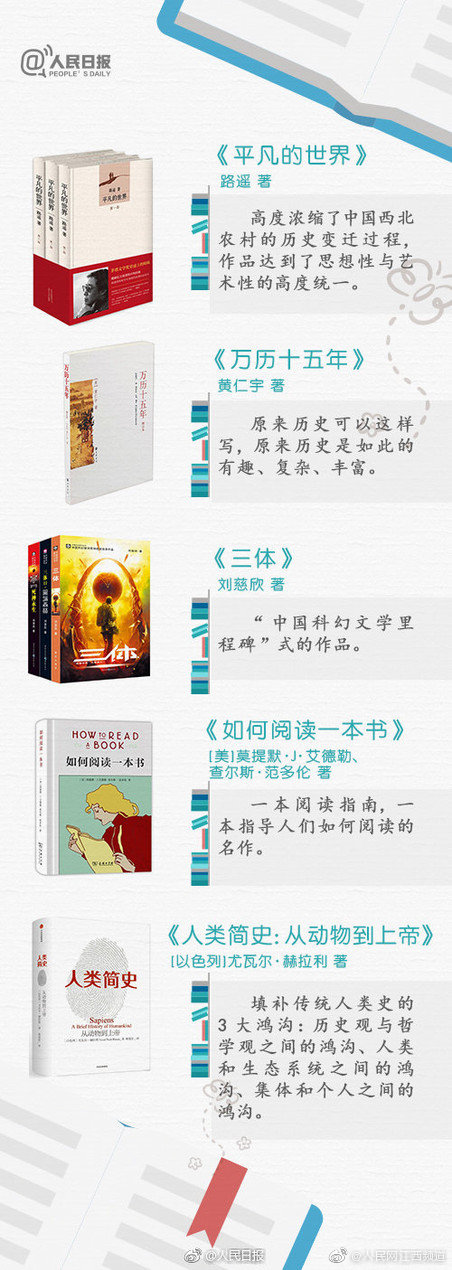 Trade data for strategic pricing
Trade data for strategic pricing
552.85MB
Check MRO HS code checks
MRO HS code checks
679.25MB
Check Global supplier scorecard templates
Global supplier scorecard templates
952.29MB
Check International trade law reference data
International trade law reference data
324.82MB
Check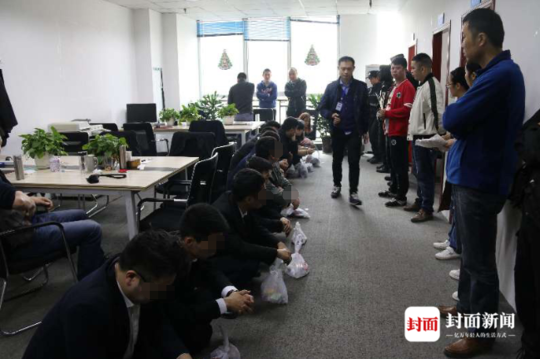 How to refine supply chain visibility
How to refine supply chain visibility
759.48MB
Check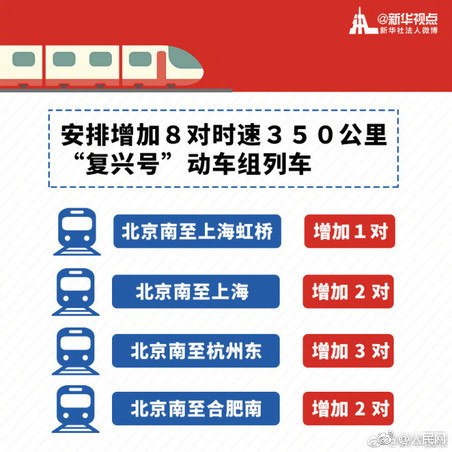
Scan to install
How to analyze competitor shipping routes to discover more
Netizen comments More
1292 HS code-driven export incentives
2024-12-24 02:58 recommend
2315 Europe import export statistics
2024-12-24 01:13 recommend
799 HS code electrical machinery data
2024-12-24 01:01 recommend
601 Real-time shipment inspection data
2024-12-24 00:49 recommend
1619 HS code alignment with logistics software
2024-12-24 00:24 recommend